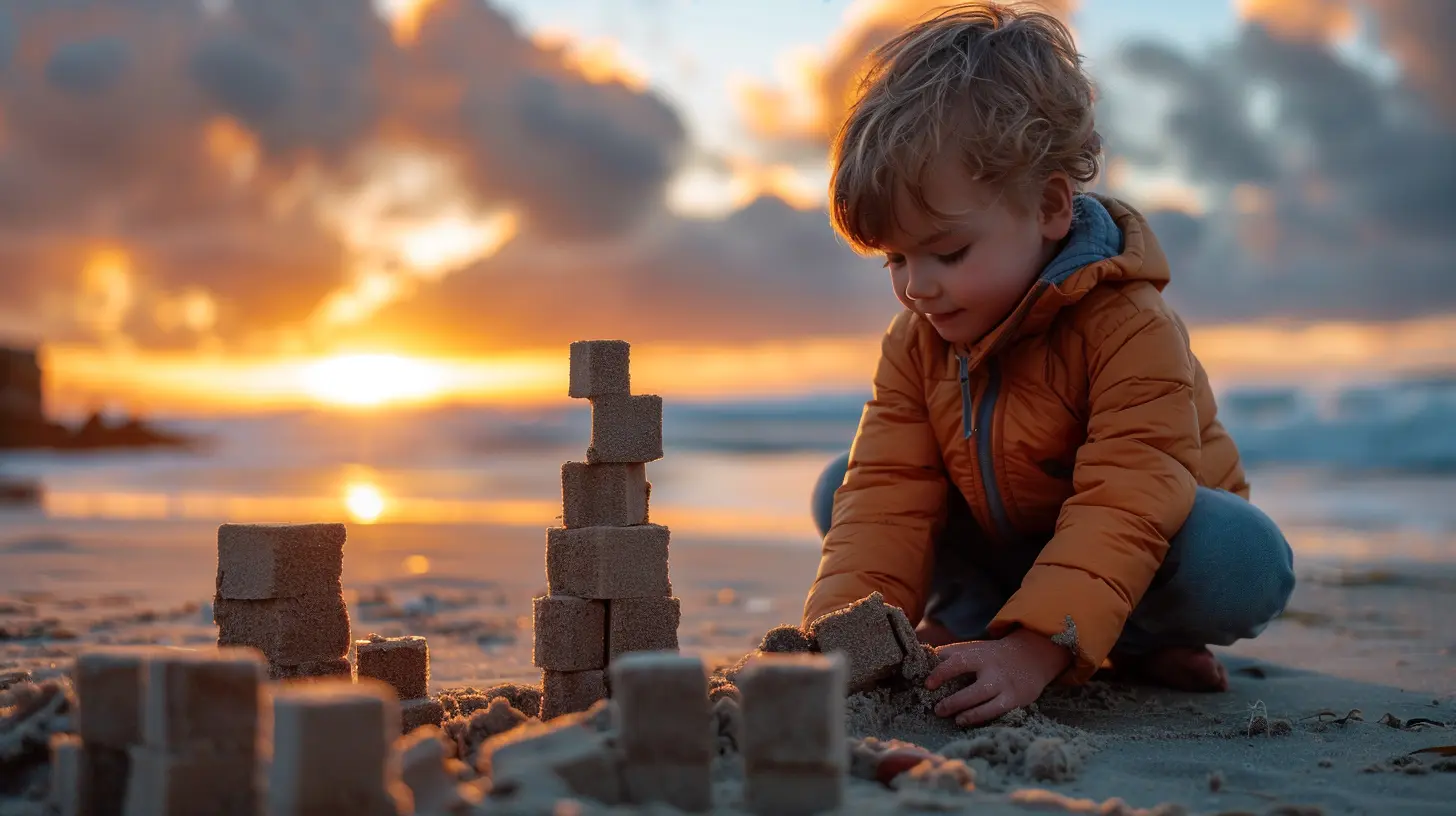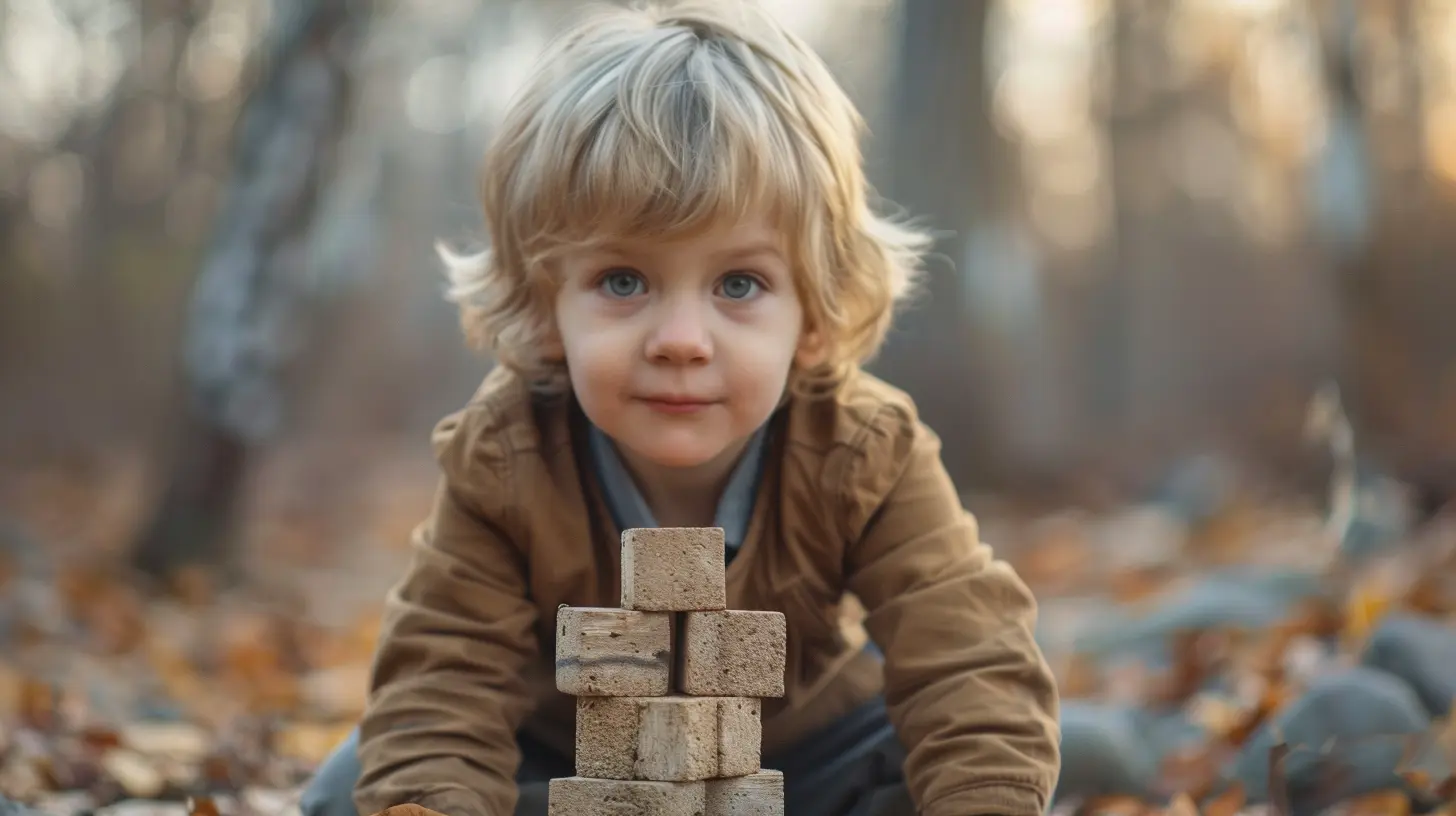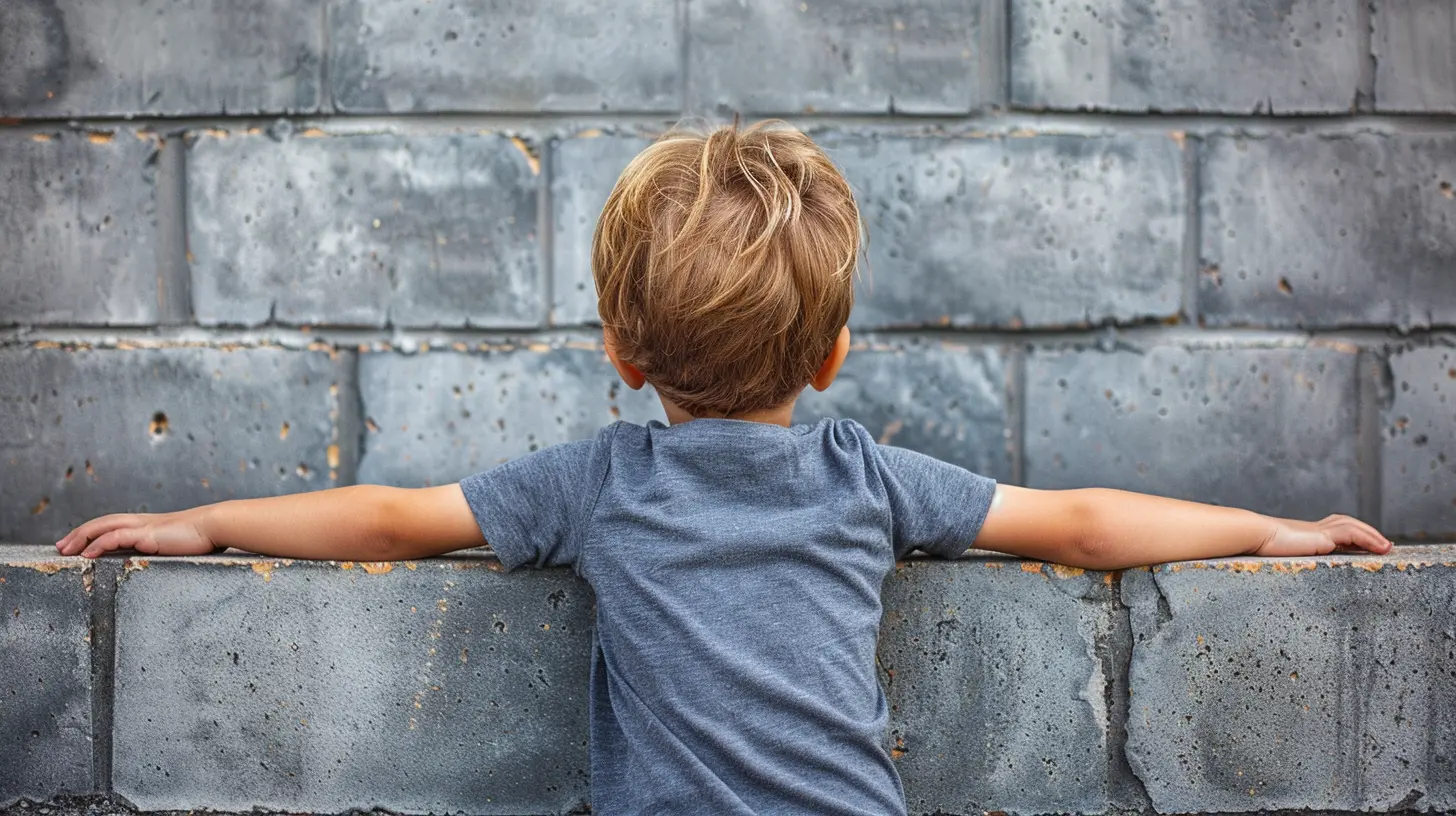Helping Children Build Resilience for a Lifetime of Success
5 October 2025
Let’s face it—life isn’t always sunshine and rainbows. And as much as we want to shield our children from every hurt, failure, or hard lesson, we simply can’t. But here’s the good news: what we can do is equip them with the tools to bounce back from setbacks, to grow stronger in the face of adversity, and to thrive no matter what curveballs life throws their way.
That magical tool? Resilience.
Resilience is like a secret superpower our kids can carry with them throughout life. It's what helps them pick themselves up after a fall, keep going when things get tough, and maintain confidence when the world feels a little rough. So let’s talk about how we, as parents, caregivers, and role models, can help our children build resilience that lasts a lifetime.
What Is Resilience, Really?
You hear the word tossed around a lot, but what does resilience actually mean when it comes to our kids?In simple terms, resilience is the ability to recover from challenges and keep going without giving up. It’s not about avoiding tough times—it’s about learning how to cope with them in a healthy way.
Think of it like this: resilience is your child's emotional armor. It doesn’t keep them from experiencing pain, frustration, or failure, but it equips them to handle those emotions and come out stronger on the other side.
Why Is Building Resilience in Children So Important?
Alright, here's a reality check. Life is unpredictable. Kids will face challenges—from getting a bad grade to having trouble with friends, dealing with disappointment, or even navigating major life changes like divorce, illness, or loss.Without resilience? These hurdles can feel insurmountable.
But with resilience? These same experiences become opportunities for growth. When kids are resilient, they:
- Adapt to change more easily
- Handle stress better
- Solve problems more effectively
- Have stronger emotional regulation
- Maintain a more positive outlook
In other words, resilience lays the foundation for life-long success, in school, relationships, careers, and beyond.
Nature vs. Nurture: Is Resilience Born or Built?
Some kids seem to come out of the womb with fearless confidence and unstoppable energy, right? But here’s the truth: while temperament does play a role, resilience is something that can be taught and nurtured.Yes, you read that right. It’s a skill.
Just like you teach your kids to tie their shoes, ride a bike, or say “please” and “thank you,” you can also teach them how to bounce back from setbacks, manage their emotions, and face life’s ups and downs with courage and optimism.
The Pillars of Resilience: What Kids Need to Thrive
So, how exactly do we help our children develop this resilience muscle? Let’s break it down into manageable pieces. Most experts agree that resilient kids have a few key strengths in common.1. Strong Relationships
No child should face life’s challenges alone. Supportive relationships are the backbone of resilience. Whether it’s parents, caregivers, teachers, or mentors, having people who listen, believe in them, and love them unconditionally gives kids a sense of safety and belonging.💡 Tip: Make time for daily check-ins with your child. Even five minutes of undivided attention can make a big difference.
2. A Growth Mindset
Kids who believe they can grow and improve are more likely to try again after failure. That’s the essence of a growth mindset—understanding that abilities and intelligence can develop with effort and perseverance.💬 Instead of saying, “I’m not good at this,” help your child reframe it as, “I’m not good at this yet.”
3. Emotional Awareness
Resilience isn’t about ignoring emotions—it’s about recognizing and managing them. When children can identify their feelings and understand where they come from, they’re better equipped to navigate through them.🧠 Teach them the vocabulary of feelings—happy, sad, frustrated, anxious, excited—and model talking openly about your own emotions.
4. Problem-Solving Skills
Resilient kids are solution-seekers. They don’t get stuck in the “why me?” mindset. They look for ways forward.🎯 Encourage brainstorming instead of jumping in to fix things for them. Ask, “What do you think you could do next?” and let them take the lead.
5. Self-Efficacy
This is the belief in one’s own ability to succeed. When children feel capable, they’re more likely to take on challenges and persist through obstacles.👣 Let them take risks (within reason), make decisions, and experience the natural consequences. That’s how confidence is built.
Day-to-Day Strategies to Help Build Resilience
You might be thinking: “This all sounds great, but how do I actually make this part of our everyday life?”Good news—you’re probably already doing more than you realize.
Here are some simple (but powerful) ways to cultivate resilience at home:
1. Model Resilience Yourself
Your kids are watching you more than you think. How do you handle stress, disappointment, or failure? Show your child that it’s okay to mess up. Talk about your own experiences and how you moved through them.💬 “I was really nervous about that presentation at work, but I practiced a lot and it went better than I expected!”
2. Let Them Struggle a Little
It’s so tempting to jump in and rescue our kids when they’re struggling. But sometimes, the best thing we can do is not solve the problem for them.That science fair project they forgot about? Let them navigate the consequences. Those moments of discomfort are opportunities to learn accountability and problem-solving.
3. Celebrate Effort, Not Just Results
When we only praise outcomes—like winning the game or getting an A—we send a message that anything less isn’t good enough. Instead, focus on the effort and persistence.🏆 “I saw how hard you worked on that project. You didn’t give up even when you got frustrated—that’s what really matters.”
4. Encourage Independence
Give your kids age-appropriate responsibilities. Whether it’s making their own lunch, managing a homework schedule, or resolving a minor conflict with a sibling, these experiences build capability and confidence.5. Create a Safe Emotional Space
Let your child know it’s okay to feel sad, scared, or mad. Don’t rush to “fix” their feelings. Just listen, validate, and offer comfort.🛋️ “That sounds really tough. I’m here for you. Do you want to talk about it or just have a hug?”
When Life Gets Hard: Fostering Resilience During Big Challenges
We can’t talk about resilience without addressing the big stuff—grief, trauma, bullying, divorce, illness. These are the kinds of events that shake a child’s world. And while they’re hard (sometimes heartbreakingly so), they also offer incredible opportunities for resilience to take root.In these cases:
- Be present. Your calm, steady presence is powerful.
- Keep routines predictable. Kids find comfort in structure.
- Be honest. Age-appropriate truths help kids make sense of their world.
- Seek professional support if needed. Therapists, counselors, and school psychologists can be life-changing.
The Long-Term Payoff of Resilient Kids
You might not see the effects overnight. But slowly, surely, all those small moments of encouragement, listening, guiding, and letting go will add up.And what does that look like down the road?
A child who:
- Believes in themselves
- Doesn’t crumble under pressure
- Can manage anxiety and frustration
- Steps up instead of stepping back
- Faces challenges with grit and grace
Sounds like the recipe for a successful, well-rounded adult, doesn’t it?
A Final Word from One Parent to Another
Here’s the thing—we’re all learning as we go. There’s no perfect formula for resilience. But if you’re showing up, staying curious, and parenting with intention? You’re already doing an amazing job.Resilience isn’t about raising kids who never fall. It’s about raising kids who get back up—again and again—with hearts full of hope, hands ready to try again, and a lifetime of success waiting ahead.
And that, my friend, is the real win.
all images in this post were generated using AI tools
Category:
Child DevelopmentAuthor:

Maya Underwood
Discussion
rate this article
1 comments
Astrid Wilcox
Empowering kids with resilience is key to future success!
October 15, 2025 at 4:06 AM

Maya Underwood
Absolutely! Resilience equips children with the skills to navigate challenges, fostering both personal and academic growth for lifelong success.


